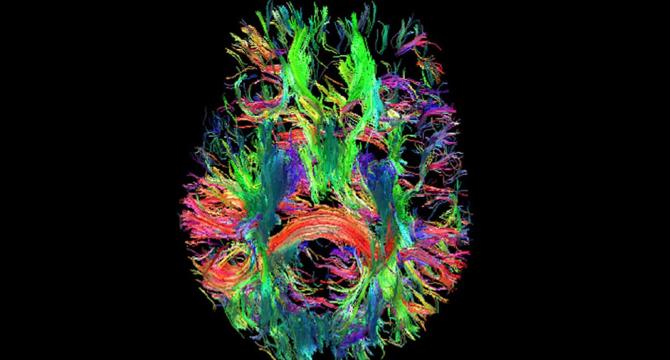Physicsworld
2w
94

Image Credit: Physicsworld
Medical physics and biotechnology: highlights of 2024
- From the introduction of a 0.05 T whole-body MRI scanner to ultrahigh-resolution 7 T MRI scanner for the human brain, a lot of progress is seen in the field of magnetic resonance imaging (MRI) technology.
- Researchers at Massachusetts Institute of Technology and Harvard University have developed a portable magnetic resonance-based sensor that can be used for point-of-care evaluation of skeletal muscle tissue and doesn't require transport of patients to an MRI facility.
- OncoRay launched the world’s first whole-body MRI-guided proton therapy system, which could enable real-time MRI monitoring of patients during cancer treatments and significantly improve the targeting accuracy of proton therapy.
- A team at the PSI Center for Proton Therapy performed the first clinical implementation of an online daily adaptive proton therapy (DAPT) workflow, which could help address uncertainties arising from anatomical changes during treatments.
- Researchers used self-propelling nanoparticles containing radioactive iodine to shrink bladder tumours and cause cell death and inhibition of tumor growth, respectively, with no off-target toxicity in the animals.
- A team in Hefei Institutes of Physical Science in China have pioneered the use of metal-free graphene quantum dots for chemodynamic therapy. Studies in cancer cells and tumor-bearing mice showed promising result.
- Scientists at Huazhong University of Science and Technology developed novel magnetic coiling “microfibrebots” and used them to stem arterial bleeding in a rabbit.
Read Full Article
5 Likes
For uninterrupted reading, download the app